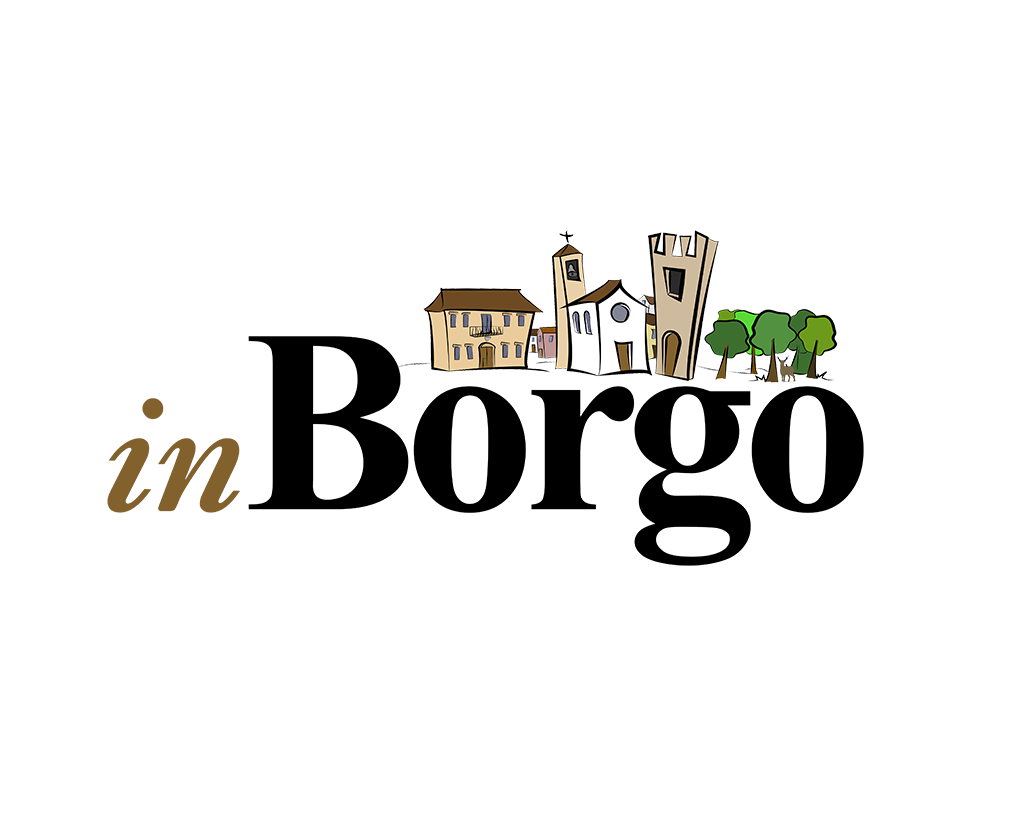La prima cosa che noterete, arrivando ad Acquaviva, sono le mura massicce della fortezza. Ma oltre ad essa un panorama stupendo che arriva fino a scoprire la vetta della Maiella a più di 100 km di distanza. Già questo basta perchè vi rechiate a visitare questo splendido borgo delle Marche. Come molti altri paesini dei dintorni, la fortezza fu costruita dai popoli Piceni rifugiatisi sulla cima della collina a 369 metri di quota, per sfuggire all’assalto dei Longobardi e poi dei saraceni. Fu all’inizio un possedimento Farfense per poi diventare proprietà dei Duchi di Acquaviva, da qui il suo nome. Molti sono i luoghi di interesse da visitare in questa città. Come anticipato la fortezza è l’attrazione principale. Fu costruita dagli Acquaviva nel 1300 circa, anche se dell’impianto originale rimane ben poco. Infatti ciò che vediamo ora è l’impianto ricostruito dal’Azzolino nel 1474, con successivi restauri del Sacconi verso la fine del XIX secolo. All’interno del borgo spicca la torre dell’orologio, in una piazzetta molto particolare. Al suo fianco la Chiesa Matrice di San Niccolò del XVI secolo. Interessante la chiesa di San Rocco del periodo romanico. La chiesa più antica della città anche se l’interno fu rimaneggiato nell’800. Altre chiese decorano il bellissimo centro storico assolutamente da vedere.
The first thing you will notice, arriving in Acquaviva, are the massive walls of the fortress. But in addition to it, there is a wonderful panorama, from where it’s possible to see the summit of the Maiella Mountain more than 100 km away. Like many other surrounding villages, the fortress was built by the Piceni peoples who took refuge on the top of the hill at 369 meters above sea level, to escape the assault of the Lombards and then the Saracens. The city was initially a Farfense possession and then became the property of the Dukes of Acquaviva, hence its name. There are many places of interest to visit in this city. As anticipated, the fortress is the main attraction. It was built by the Acquavivas around 1300, even if very little remains of the original plant. In fact, what we see now is the one rebuilt by Azzolino in 1474, with subsequent restorations by Sacconi towards the end of the 19th century. Inside the village the clock tower stands out in a very particular square. Next to it is the sixteenth century Mother Church of San Niccolò. Interesting is the church of San Rocco from the Romanesque period. The oldest church in the city although the interior was remodeled in the 19th century. Other churches decorate the beautiful old town that is a must see.
Comune di Acquaviva Picena
Via San Rocco, n.9
Tel. 0735/764005

